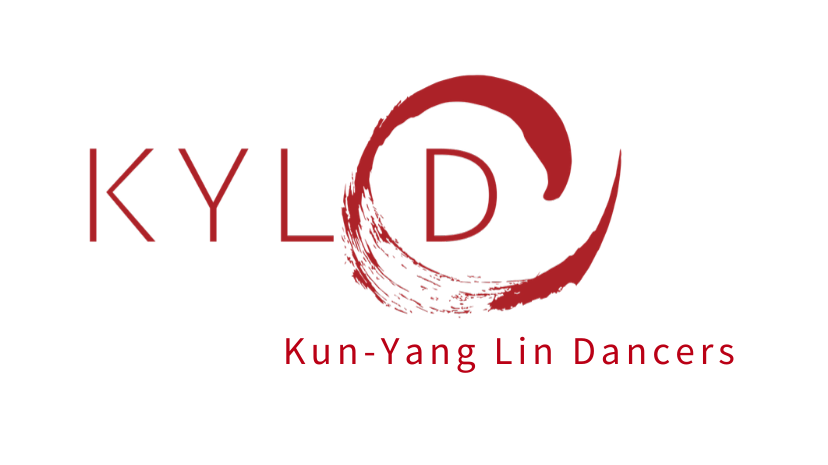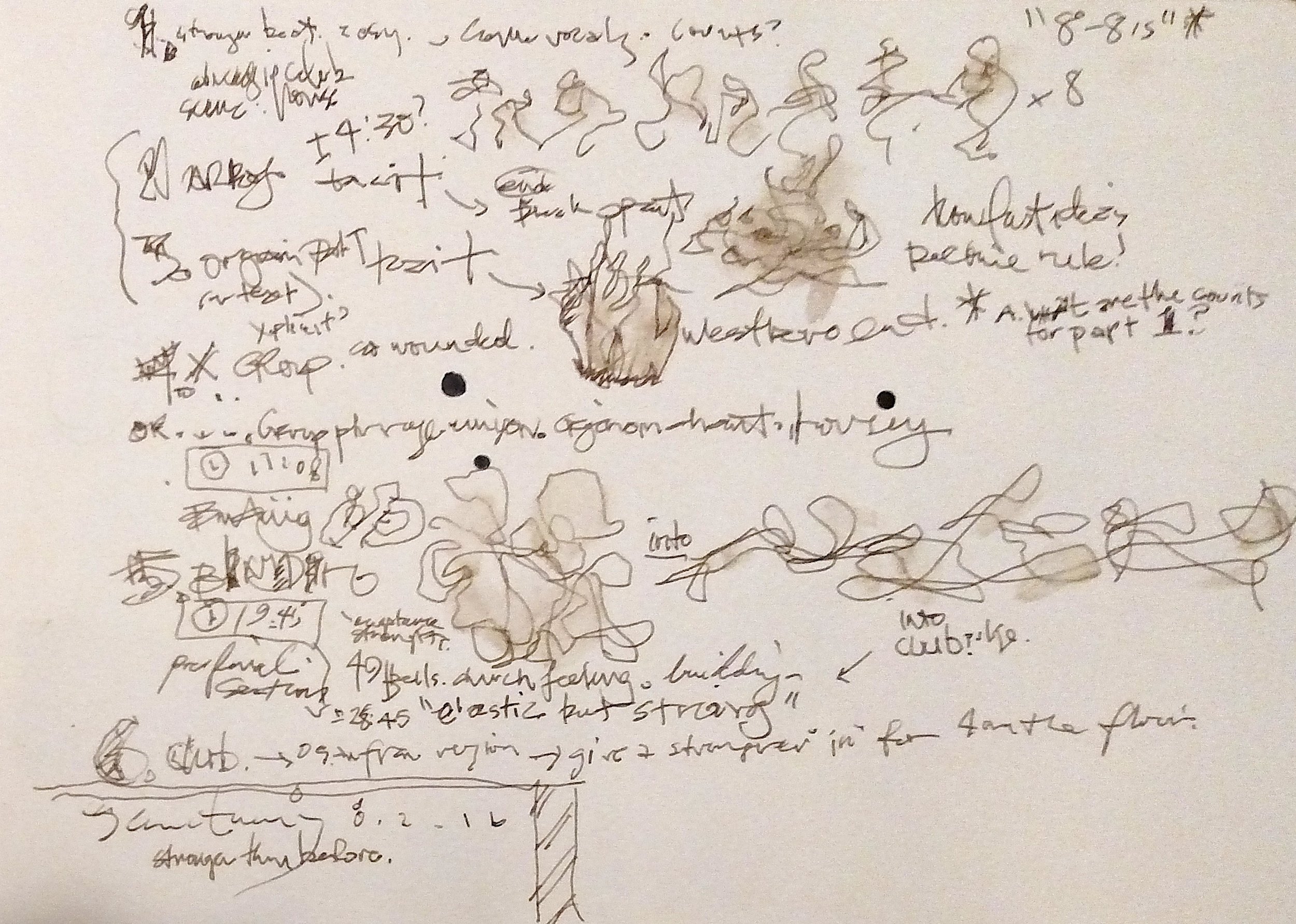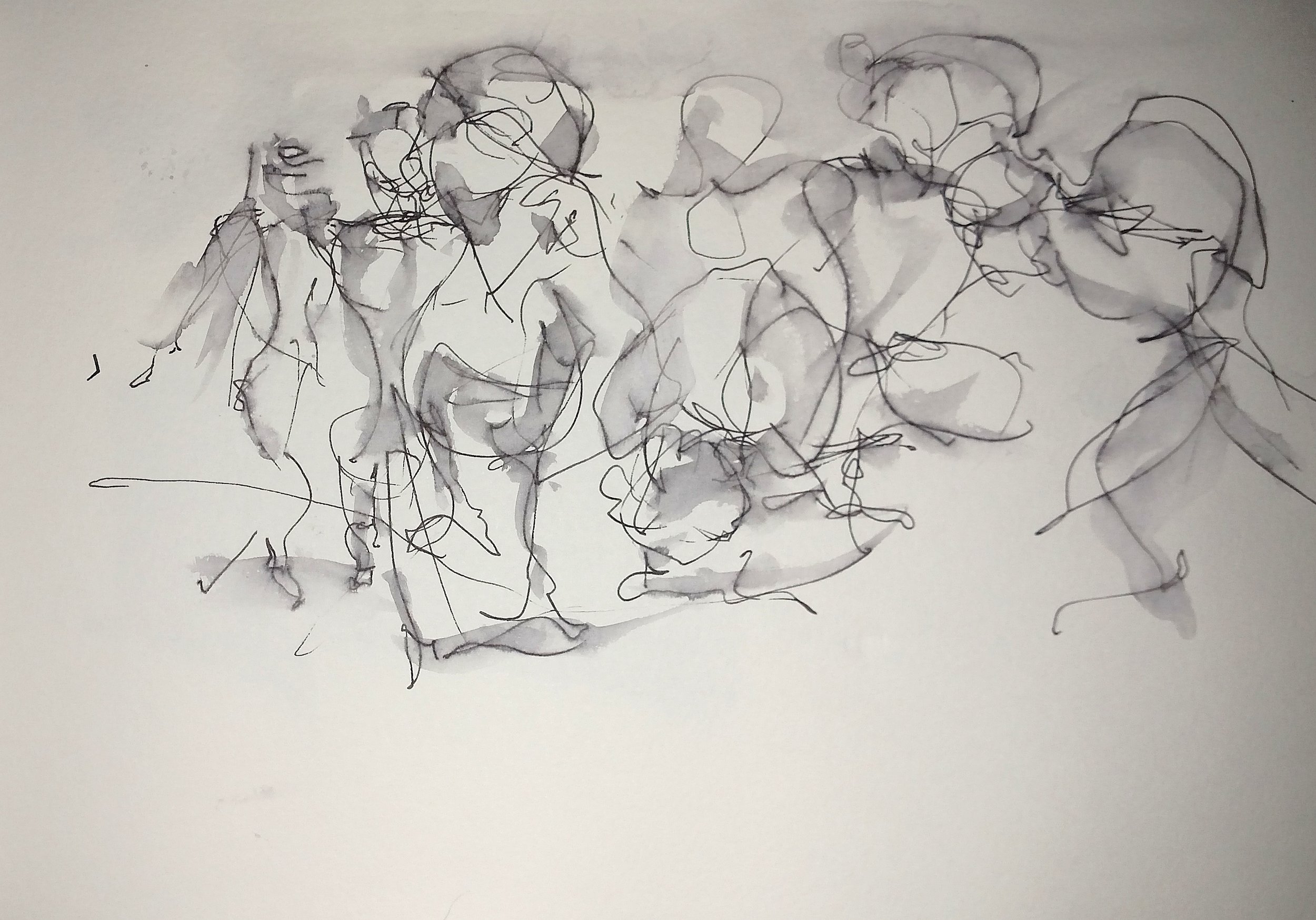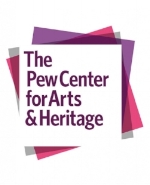“A man who works with his hands is a laborer; a man who works with his hands and his brain is a craftsman; but a man who works with his hands and his brain and his heart is an artist.” ~ Louis Nizer
Readers, as you absorb the interview below, you may wish to consider the role of sound in your experiences of dance and/or faith.
Cory Neale is a visual and aural artist. Since 2012, he’s been sharing his sketches, paintings, drawings, and sound arrangements with KYL/D. As KYL/D’s long time collaborator, Cory has been an integral part of the company’s creative process and is one of the collaborators for Faith Project. Here, Cory shares his thoughts about Faith Project and working with KYL/D.
Jessica: How did you and Kun-Yang begin working together?
CORY: Years ago I decided to expand my collaborative workings in sound and music by delving into music for dance. When I first became aware of the need, and desire to have sound and music scored directly for a piece of dance, a whole new world opened up. As a musician who had modeled my experience around other musicians, I was trying to build relationships in this new world, and I wound up attending one of the first Composer-Choreographer Network meet-ups at the Performance Garage. I brought along CD's and business cards, and introduced myself to Kun-Yang Lin when he arrived. I was peripherally aware of KYL/D's work and also knew that his company’s dance center was located mere blocks away from where I lived. We began talking about collaboration immediately, and it seemed like we spoke the same language and had the same desires when it came to interdisciplinary collaborative relationships. Kun-Yang had a section in his work, Beyond the Bones, wherein he wanted a sonic tribute to the events of the morning of September 11th, 2001. Through a series of conversations, this section became the opening section for the piece, a powerful collage of the sounds of September 11th, which set the mood for the rest of the piece. It was shortly after this that I became more interested in translating and fulfilling the sonic needs of the company's work, ranging from sound designs of conversations or compositions of new music.
Jessica: What is your interest in Faith Project?
CORY: My background in faith is what essentially gives me the moral fabric needed to live a good life. While I do not ascribe to strict tenets of organized religion, I still draw from this background to find higher callings, to distinguish dark and light, and to exist in this world with a desire for peace and seeing the good in others. When I was in elementary school, I attended weekend seminary workshops with the aim of entering the priesthood under the educational mission of the Vincentian order. My family did not have any religious traditions beyond baptism and the required sacraments received during attendance to parochial schools. Since then I have changed and grown, but still hold dear the privilege of having a religious calling at a time in my life. The Faith Project allows me to reconnect with that person, the child who, despite rigidly secular surroundings, saw the light in faith and was called toward it. My interest lies in discovering an updated definition of "FAITH", taking into account all the experiences, secular and otherworldly, gained along the way. One of the greatest experiences I have to apply in this project is an empathetic view of religion, and increased awareness of the unique definition every person has of the term "FAITH".
Jessica: How is this process different than past collaborations with KYL/D?
CORY: The subject material explored in the Faith Project is part of an ongoing cumulative experience working with KYL/D. The process is similar in many ways, as our language develops we subconsciously settle in on similar themes. However the difference in this process is best demonstrated in the Story Circles for the project. While Story Circles have been part of the process before with HOME/S. 9th St., this project allows me to, and requires that I, enter into real-time expressions with the company and Story Circle participants, rather than from an observer's point of view. Within each Story Circle, I am generating sound through improvisation with the company and community participants, and this material has found it's way into the draft sound score currently being written and constructed. This feedback loop of information, Story Circle-> Improvisation-> Scoring-> Rehearse-> Refine is a streamlined method enabling me to capture essence, apply my own thoughts and details, and release sound material and ideas back to the company. It is the hope that there will be a cohesion and consistency from inception to process to final presentation by threading through the same ideas and concepts at each phase.
Jessica: Is there anything else you'd like to share about your own story or role in Faith Project?
CORY: In past collaborations, Kun-Yang and I have always found a common language to speak, to work with. In this process, it is interesting to experience another level of conversation, another level of understanding among dance, community input and sound. The conversations get more specific as we search for that common language, but the work always finds its way to the universal expressions which are part of the KYL/D mission. Every collaborative work I am involved in has a certain role or value in my own life. That's why I create, to address my own questions. Kun-Yang and I have often spoken about the need for creative explorations to answer our own questions about life. It is that commitment to creative inquiry that is a fundamental shared value between myself, Kun-Yang Lin and his company of artists.
Readers, what role does sound play in your experiences of dance and/or faith?
~ Jessica Warchal-King
NOTE: To make a comment on this blog, you do not need to make an account- just click "Comment(s)" in bottom left hand corner, write your comment in the comment box that appears, click "Post Comment..." then type in your first and last name and click "Comment as Guest")
Major support for the Faith project has been provided by The Pew Center for Arts & Heritage, with additional support from the National Endowment for the Arts.







